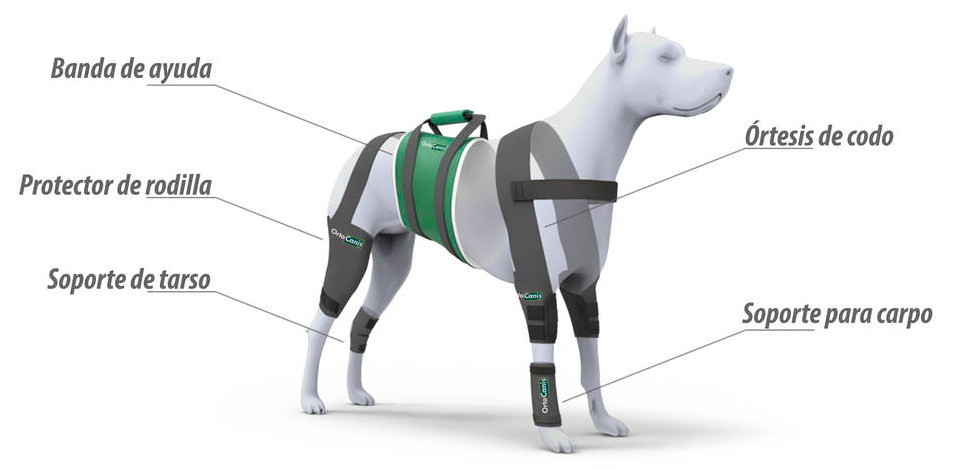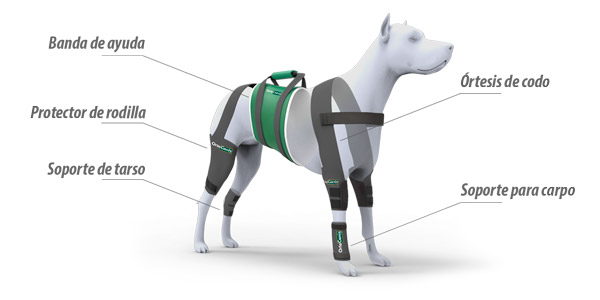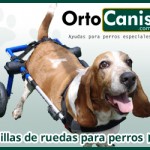Advice after veterinary surgery
Advice after surgery
All surgical intervention entails certain problems of pain, osteoarthritis, mobility, loss of muscle mass and, sometimes, functionality from the moment the pathology arises and/or once the dog has been operated on.
This group of animals needs a series of daily attentions; small details that will significantly improve your quality of life and that you, as the owner, can provide.
First of all, it is very important for this group of animals to maintain good weight control. Avoiding being overweight reduces the stress on the joints and their pain. In addition, the appearance of secondary problems caused by excess weight is prevented.
Some advices:
ON THE STREET:
- Avoid walking on slippery surfaces.
- The walks have to be frequent and on a leash, since in this way you get your pet to take a slow but firm step without physically exhausting it. In addition, runs, jumps or other sudden movements that can be counterproductive for their joints, especially in older animals or in certain pathologies, are eliminated.
- During walks it can be used to walk on different surfaces (never slippery, or extreme steps), thus improving control and perception of your body.
- If there is the possibility that the dog swims or walks along the banks of a river or beach, do it, it strengthens the muscles and improves the range of motion of the joints and its general physical condition.
AT HOME:
- Prevent it from suffering changes in temperature or air currents.
- It is recommended that it sleep on a soft and warm surface, but one that is firm enough for the animal to sit up without difficulty.
- If you are used to sleeping on elevated surfaces, such as sofas, beds, chairs, etc. It is convenient to facilitate the ascent and descent of the area with a ramp. In the same way, you should act with animals that are used to traveling by car and have difficulties getting in and out or their surgical intervention temporarily prohibits them from doing so.
- It is advisable to have plates at their height so as not to force the joints.
- It is important to avoid sudden exits, behind the ball and pronounced jumps, especially in those animals with knee and back problems.
* These basic tips are not applicable to all animals, nor to all pathologies equally. You should always consult your veterinarian.
Marta Subirats
Collaborating canine physiotherapist of Ortocanis
Certified Canine Rehabilitation Practitioner by the University of Tennessee




